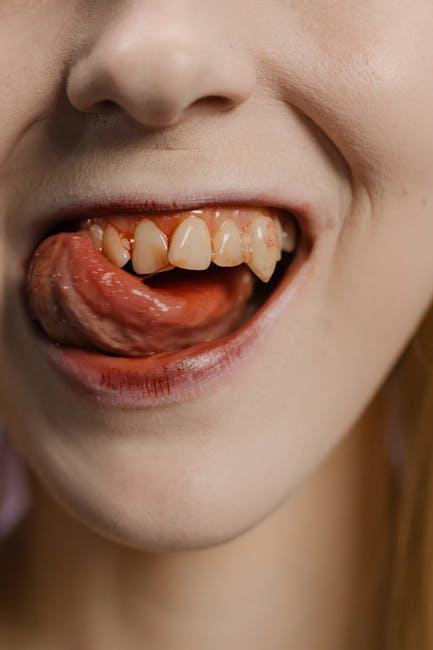
Does Medicaid Cover Dental? Orthodontics, Common Procedures & State Coverage
Dental health is a crucial part of overall wellness, yet many wonder if Medicaid covers dental services. From routine cleanings to orthodontics, what does Medicaid actually offer? In this comprehensive guide, we’ll explore Medicaid dental coverage, including orthodontic benefits, commonly covered procedures, and how coverage varies by state. Whether you’re a Medicaid enrollee or considering enrollment, this article will help you make informed decisions about your dental care under Medicaid.
Understanding Medicaid Dental Coverage
Medicaid is a state and federally funded program providing health coverage to eligible low-income individuals and families. While Medicaid’s core mission is to cover essential medical services, dental coverage is not uniformly guaranteed across all states or age groups. The Affordable Care Act mandated pediatric dental services as an essential health benefit on Medicaid’s Children’s Health Insurance Program (CHIP) and Medicaid expansion plans, but adult dental benefits remain optional for states.
Here’s a quick breakdown of dental coverage under Medicaid:
- Children: Medicaid is required to cover dental services for children under 21 years old, including preventive and restorative care.
- Adults: Dental coverage for adults varies by state; some states offer comprehensive dental benefits, others limited or emergency-only coverage.
Does Medicaid Cover Orthodontics?
Orthodontic treatment—which includes braces, aligners, and other corrective devices—is often viewed as an elective or cosmetic procedure. However, Medicaid dental coverage may include orthodontics if the treatment is deemed medically necessary.
When Does Medicaid Cover Orthodontics?
- Medically necessary orthodontic care, such as to correct congenital conditions (e.g., cleft palate), severe malocclusion, or trauma-induced dental issues, is typically covered for children in most states.
- Coverage for adult orthodontics is extremely rare and usually requires proof of medical necessity.
- States differ on criteria and approval processes for orthodontic benefits.
It’s important to verify your specific state’s Medicaid dental policy as orthodontic coverage can be limited or require prior authorization.
Common Dental Procedures Covered by Medicaid
Pediatric dental coverage under Medicaid generally includes a wide range of services to maintain oral health. For adults, the coverage scope varies. Below is a table illustrating common dental procedures and how Medicaid typically treats each:
| Procedure | Medicaid Coverage for Children | Medicaid Coverage for Adults |
|---|---|---|
| Dental Exams & Cleanings | Covered regularly | Varies by state; often covered |
| Fillings (Cavities) | Covered | Varies; usually covered if dental benefits exist |
| Extractions | Covered | Covered in many states, sometimes emergency only |
| Root Canals | Covered | Varies; often limited |
| Orthodontic Treatment (Braces) | Covered if medically necessary | Rare, usually not covered |
| Dentures & Denture Repair | Cover varies by state | Available in some states |
| Emergency Dental Care | Covered | Generally covered in all states |
State Variations in Medicaid Dental Coverage
One of the most confusing aspects of Medicaid dental benefits is the wide variation from state to state. Each state administers its own Medicaid program within federal guidelines, so dental benefits—especially for adults—can differ dramatically.
Examples of State Medicaid Adult Dental Coverage:
- California: Comprehensive adult dental benefits, including cleanings, extractions, root canals, and dentures.
- Texas: Adult dental benefits are very limited, often restricted to emergency dental care.
- New York: Provides extensive dental services for adults including preventive, restorative, and some orthodontic care.
- Florida: Usually offers emergency dental services only for adults.
Tip: Visit your state’s Medicaid website or speak with your Medicaid caseworker to get specific information on what dental services are covered where you live.
Benefits of Medicaid Dental Coverage
Having dental coverage through Medicaid can significantly improve access to vital oral health care. Here are some key benefits:
- Preventive Care: Regular cleanings and exams help prevent more serious dental problems and reduce overall healthcare costs.
- Access to Necessary Treatments: Medicaid helps low-income families and individuals afford fillings, extractions, and other essential treatments.
- Orthodontics for Children: Coverage for medically necessary braces can greatly improve children’s oral function and self-esteem.
- Emergency Dental Services: Immediate care for pain relief and infection management is available across most states.
Practical Tips for Maximizing Your Medicaid Dental Benefits
- Know Your Coverage: Always look up your state’s Medicaid dental policy to understand what services are covered and any limitations.
- Find In-Network Providers: Use Medicaid’s directory to locate dentists who accept Medicaid to avoid out-of-pocket expenses.
- Prior Authorization: For orthodontics and some complex procedures, submit all required documentation early for approval.
- Use Preventive Services: Schedule regular check-ups and cleanings — these are often covered at no cost and keep your dental health in check.
- Appeal Denials: If a dental procedure is denied, ask about the appeals process. Sometimes additional paperwork can turn a denial into approval.
Case Study: Orthodontics Coverage for a Child with Medicaid
“When my daughter was diagnosed with a severe bite issue, I wasn’t sure Medicaid would cover her braces. Thankfully, our state Medicaid program covered medically necessary orthodontics for children. The process required doctor referrals and prior authorizations, but the coverage made a huge difference. Now, her teeth are aligned and she can smile confidently without financial worry.” – Jessica M.
Conclusion
Does Medicaid cover dental care? The answer depends largely on your age and state of residence. While Medicaid ensures dental benefits for children nationwide, adult coverage is more variable. Orthodontic coverage is generally reserved for medically necessary cases, especially for children. Keep in mind that preventive and emergency dental care are core benefits in most Medicaid programs. Understanding your specific state’s dental benefits and using practical tips to navigate the system will help you get the dental care you need without excessive costs.
For more personalized information, visit your state Medicaid website or contact a Medicaid dental provider near you.


